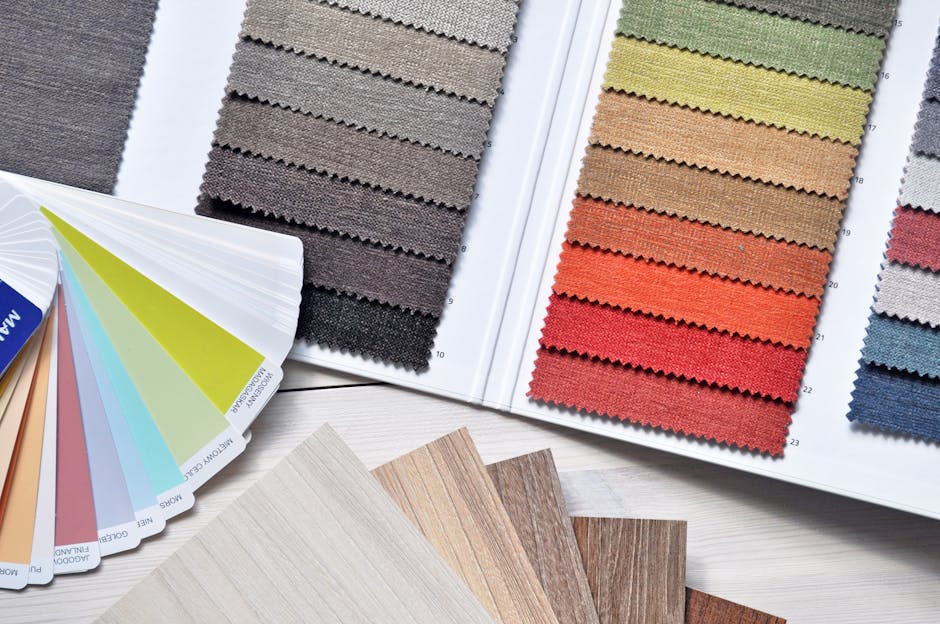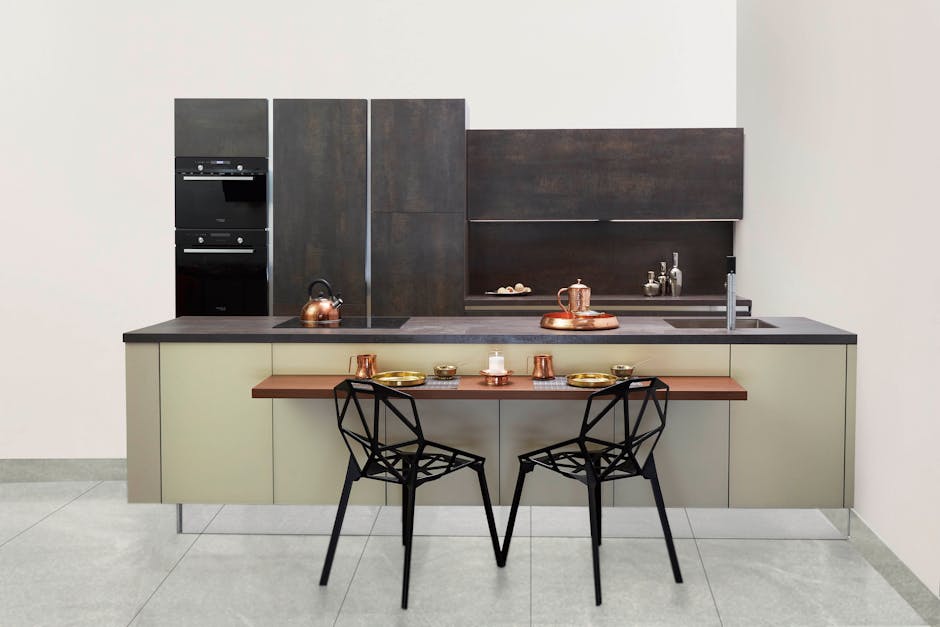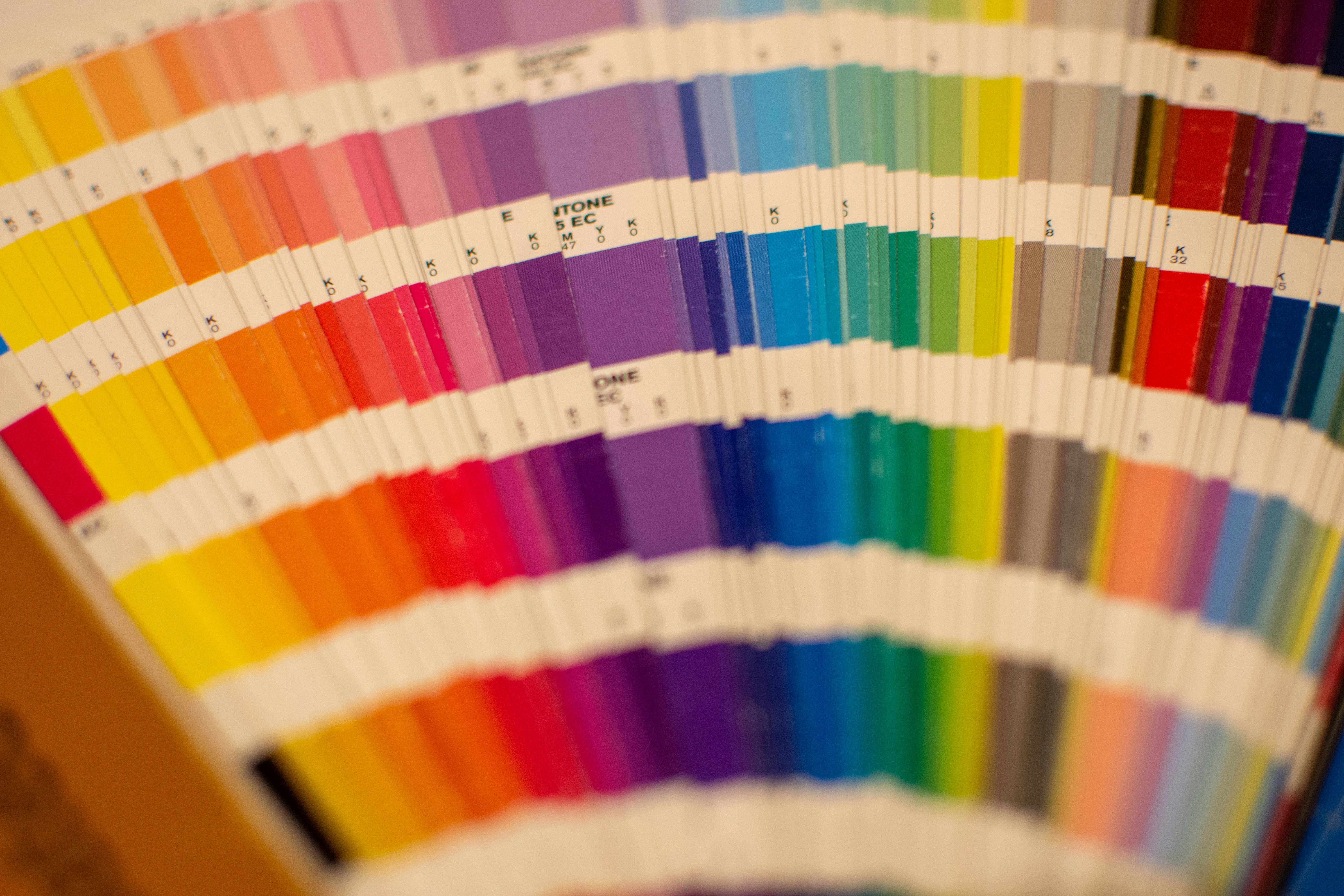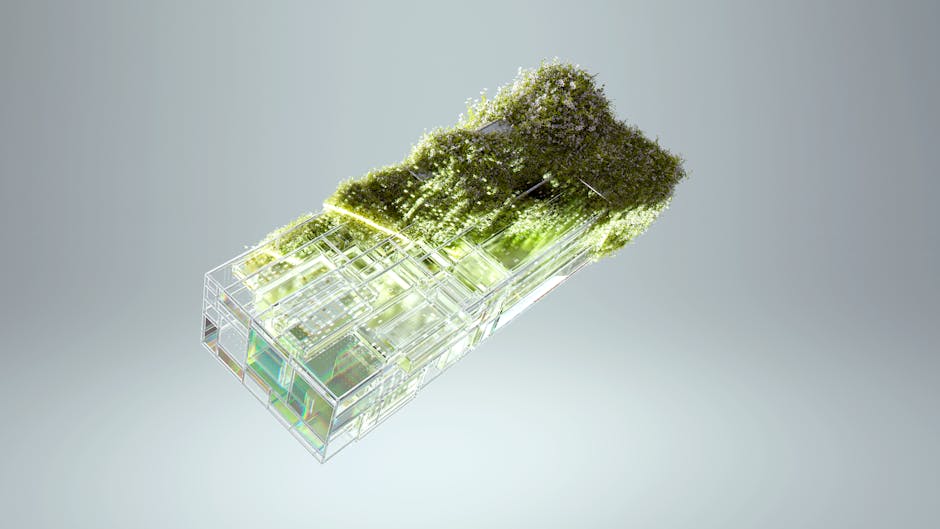Transform Your Space with Textured Decor: Engage Your Senses
The world of home decor is not just what meets the eye. It's about creating a tactile environment that resonates with our emotions and memories, sparking joy and tranquility. In 2025, as we dive deeper into personalizing our living spaces, textured elements are taking center stage as a vital part of home decor. These elements not only enhance visual appeal but also create a multisensory experience that engages touch, inviting a deeper connection with our surroundings. Join me on this exploration of how you can harness the power of touch to elevate your home decor and DIY projects.
The Psychology of Texture in Home Decor

Texture plays an integral role in our interactions with spaces. Studies indicate that our sense of touch informs our perception of our environment, impacting our mood and overall well-being. Feelings of comfort, safety, and relaxation can be achieved through the strategic use of textured elements in home decor. Surroundings that engage our senses can also stimulate creativity and spark curiosity.
When incorporating texture into your home decor, think beyond the visual; consider how a surface feels. From the roughness of reclaimed wood to the softness of fabrics, each texture offers a unique emotional resonance. Engaging touch can evoke nostalgia or a sense of calm, turning simple home decor into a rich sensory journey.
Exploring Textured Materials

There’s an abundance of textures to choose from when revamping your space. Consider the following materials that can dramatically transform your environment:
Natural Elements

Natural materials such as wood, stone, and bamboo introduce an organic feel to any space. Their inherent variations not only create visual interest but invite touch. For a more rustic look, incorporate aged wood pieces or raw stone accents. If sustainability fuels your design ethos, explore upcycled materials for a fresh take—perhaps transforming discarded furniture or materials into statement decor pieces.
Fabrics and Textiles

Textiles are perhaps the most straightforward way to add texture. Embrace fabric diversity by mixing soft linens, chunky knit throws, and plush cushions. Layering textures creates a rich depth to your living space that feels inviting and warm. Don’t hesitate to play with patterns and colors; geometric fabrics or floral prints harmonize beautifully with textured surfaces.
For a deeper exploration of how textiles can evoke emotion and intention, check out our post on scented spaces, where we discuss integrating scents with textured elements.
Sculptural Decor

Three-dimensional decor, such as wall art or sculptures, introduces engaging texture that draws the eye and invites interaction. Consider the impact of sculptures in various materials like metal, glass, or clay that can serve as striking focal points. Look for opportunities to create movement with kinetic pieces that dance with light or shadow, crafting a dynamic relationship between decor and the environment.
Tip: DIY projects can unleash your creativity. Crafting your own textured wall art can be an engaging and fulfilling process.
Functional Textures

In your quest to transform spaces, don’t overlook functional decor that also adds texture. Incorporate items like woven baskets, textured vases, or artisanal serveware that subtly contribute to the overall feel of a room. These pieces provide utility while simultaneously enhancing the sensory experience of the space.
The Impact of Color and Texture

Color and texture work hand-in-hand to shape the mood of your home. Rough textures can invite warmer colors, evoking coziness, while smooth surfaces lend themselves to cooler tones for a serene ambiance.
Harmonious Blend

Establishing harmony between color and texture requires mindful selection. Use color psychology as a guide; for example, warm colors like reds and oranges might pair beautifully with softer textures to evoke comfort and intimacy. In contrast, cooler colors can be highlighted with crisp, smooth textures to create a tranquil retreat.
To dive deeper into color's influence on mood, explore our article on emotional interiors.
DIY Ideas to Incorporate Texture

Transforming your home into a sensory haven can be achieved through simple DIY projects. Here are some ideas to get your creativity flowing:
Textured Wall Treatments

Instead of plain paint, consider textured wall treatments. Use techniques like sponging or rag rolling to create a tactile surface. Alternatively, apply removable wallpaper with raised patterns that invite touch yet remain easy to alter as your taste evolves.
Handmade Textiles

Channel your inner designer by creating handmade throw pillows or blankets. Choose textured fabrics like velvet or embroidered linen to craft unique accents. These items can serve as conversation starters, inviting guests to engage their senses.
Interactive Installations

Consider developing interactive art pieces that combine sound, touch, and visual components. A wall installation featuring different textures can encourage visitors to engage with your decor in unexpected ways. Explore projects that balance aesthetics and tactile responsiveness, possibly even creating a “sensory wall” dedicated to touch, sound, and smell. This aligns beautifully with our discussion on soundscaping your space.
Upcycled Projects

Bring life to seemingly mundane or damaged pieces through upcycling. Reimagining old furniture with textured finishes, such as plaster or natural stone veneer, not only provides a stunning visual but a soothing tactile element as well. Guide your creative process with the ethos of sustainability while adding a personal touch to your decor.
Multi-Sensory Room Design
Creating a multi-sensory experience in your home empowers space to be more than a shelter; it becomes a haven for creativity and tranquility. A few key design principles can help when planning a multi-sensory room:
Engagement Design
Incorporate various elements that engage sight, sound, touch, and scent. Gather decor that has both visuals and varying textures—such as shelves lined with textured books and woven baskets combined with aromatic plants or candles. Hanging artwork with unique surfaces can also intrigue visitors while contributing visual flair.
Consistent Theme
Create a consistent theme that merges color palettes, materials, and scents. Think along the lines of biophilic design, where nature-inspired decor fosters connection and tranquility, beautifully aligning with biophilic principles and offering a vibrant nature-centric approach to design.
Create Zones
Different areas can serve varying purposes, invoking diverse moods. Designate specific zones for relaxation, creativity, or socializing using texture as your guide. Soft, inviting textiles can mark a cozy nook, while a bold backdrop may energize a creative workspace.
For the Senses: The Role of Sound and Aroma
Home decor should transcend touch and visual elements. The power of sound and aroma adds another layer to your textured decor journey.
Soundscapes
Incorporate sound elements into your decor strategy. For instance, a collection of wind chimes near a window can create gentle sounds that add an ethereal touch to your living areas. Soundscaping your space contributes to a relaxing vibe, which can be explored more in transforming spaces with sound.
Aromatherapy
Integrating aromatic elements, such as essential oils or scented candles, can evoke emotional responses that deepen the sensory experience of your home. Textured candle holders or diffusers can serve dual roles of function and decor. By curating scents that resonate with your space, you can foster a welcoming, vibrant environment.
Final Thoughts
Harnessing the power of touch through textured elements in home decor is more than just a design choice; it's about creating spaces that resonate with our deepest emotions and memories. Dive into this exquisite world of sensory engagement by experimenting with various materials, colors, and textures. Enhance your living space with layers of interest, inviting nostalgia and comfort.
As you plan your decor journey, keep in mind that each choice contributes to forming a relationship between you and your surroundings. Whether through DIY projects or tailored decor elements, every textured piece you add invites touch, evokes a response, and transforms not just how your home looks but how it feels. Embrace the beauty of textured decor and watch as your home becomes a living canvas of experiences only you can share.



